


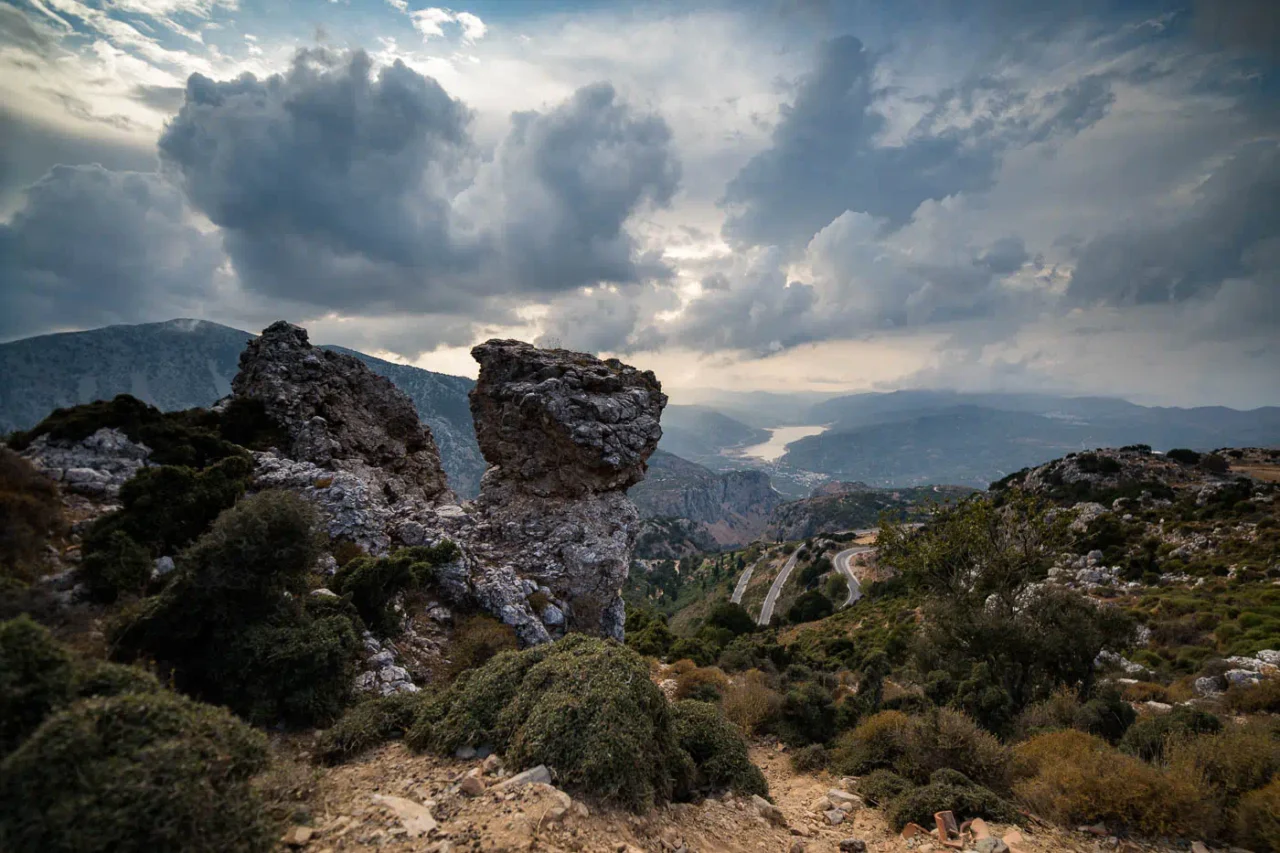
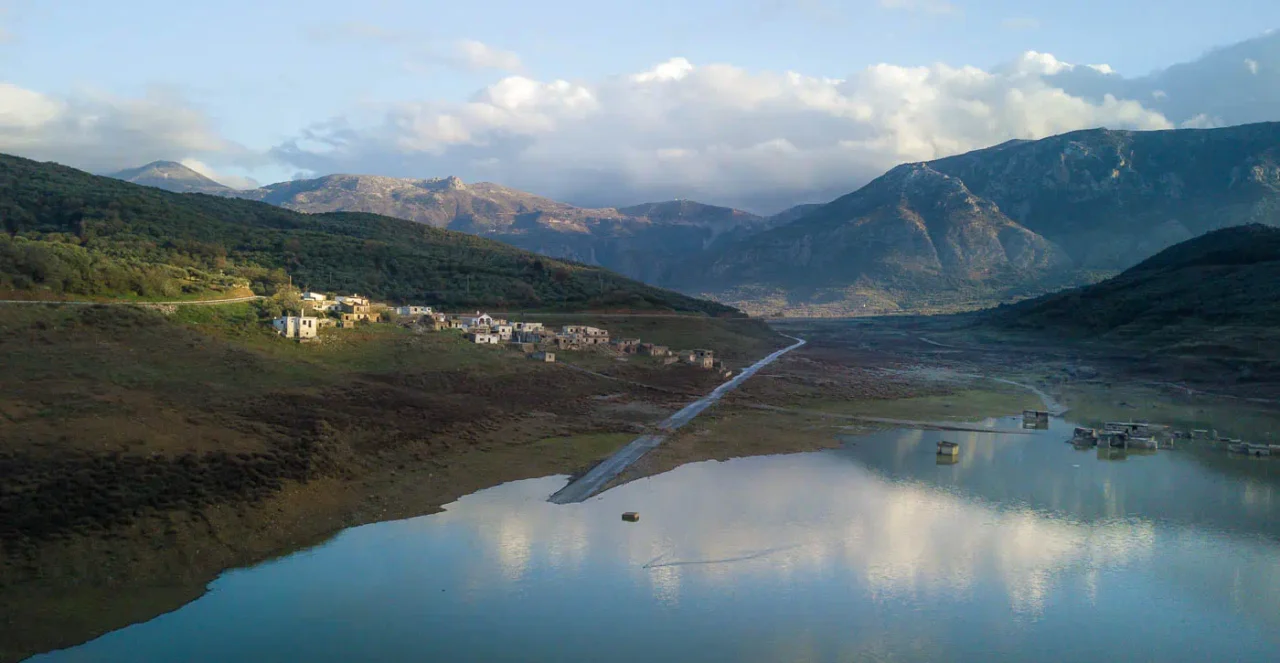
The Aposelemis Dam, situated in the Aposelemis riverbed on the island of Crete, Greece, stands as a testament to modern engineering capabilities. The dam’s primary purpose is to provide a consistent water supply to the cities of Heraklion and Agios Nikolaos, along with several surrounding municipalities and communities. It achieves this by capturing and storing water from the Lasithi Plateau and the Aposelemis basin. The dam’s reservoir, Lake Lagada, has a substantial capacity of 27.3 million cubic meters, making it a critical water source for the region.
Construction and Technical Specifications
The construction of the Aposelemis Dam was a major undertaking, involving extensive geological and geotechnical investigations to ensure its stability and safety. The dam itself is an earthfill embankment dam with a central impervious core. The core is made of clay and weathered phyllite, materials chosen for their low permeability to prevent water leakage. The dam’s supporting structures are constructed from locally sourced materials, including phyllite and limestone.
The dam’s impressive dimensions include a height of 61 meters from its foundation, a crest width of 8 meters, and a crest length of 660 meters. It features a spillway on the right abutment to safely manage overflow during periods of heavy rainfall. The dam also incorporates a system of water intakes and outlets, allowing for controlled release of water for irrigation and other purposes.
Environmental Considerations
The construction of the Aposelemis Dam and the creation of Lake Lagada have inevitably impacted the local environment. The dam’s reservoir inundated a significant area of land, including the village of Sfendyli, whose residents were relocated and compensated. However, the lake has also created a new ecosystem, attracting various bird species and fish, and contributing to the region’s biodiversity.
To mitigate potential environmental damage, the project included measures such as the construction of auxiliary dams to prevent leakage through limestone formations. The project also addressed concerns about the impact on the Aposelemis Delta by ensuring a constant flow of water to the wetland area through the aqueduct.
Water Treatment and Distribution
The water stored in Lake Lagada undergoes a rigorous treatment process at the Aposelemis Water Treatment Plant before being distributed to the surrounding communities. The treatment process includes ozonation, coagulation-flocculation, sand filtration, and chlorination. The treated water is then transported through a 74-kilometer-long aqueduct, serving a population of approximately 264,000 people.
Economic and Social Benefits
The Aposelemis Dam has brought significant economic and social benefits to the region. By providing a reliable water supply, the dam has supported agricultural activities, tourism, and overall economic development. The dam has also helped to alleviate the problem of seasonal flooding in the Lasithi Plateau, protecting communities and infrastructure from damage.
Challenges and Future Outlook
While the Aposelemis Dam has been largely successful in achieving its objectives, it also faces challenges. The dam’s reservoir is vulnerable to fluctuations in rainfall, which can impact water availability, especially during dry years. Climate change poses a further challenge, with the potential for more frequent and severe droughts in the future.
To address these challenges, ongoing monitoring and management of the dam and its reservoir are essential. Additionally, exploring alternative water sources, such as desalination, and promoting water conservation measures will be crucial to ensure the long-term sustainability of the region’s water supply.
The Aposelemis Dam: A Multifaceted Project
The Aposelemis Dam is more than just a water supply project; it is a complex undertaking with far-reaching environmental, economic, and social implications. It represents a significant investment in the region’s future, providing a vital resource for its people and contributing to its overall development. However, it also serves as a reminder of the delicate balance between human needs and environmental preservation.
Beyond the Dam: Broader Water Management Strategies
The Aposelemis Dam is just one piece of the puzzle in addressing Crete’s water challenges. To ensure a sustainable water future for the island, a comprehensive approach is needed, encompassing a range of strategies, including:
- Water conservation and efficiency: Encouraging responsible water use through public awareness campaigns, pricing mechanisms, and technological innovations.
- Alternative water sources: Exploring and developing alternative water sources, such as desalination and rainwater harvesting, to reduce reliance on surface water.
- Groundwater management: Protecting and sustainably managing Crete’s groundwater resources, which are vital for agriculture and other sectors.
- Climate change adaptation: Developing strategies to adapt to the potential impacts of climate change on water availability and demand.
By adopting a holistic approach to water management, Crete can ensure that its precious water resources are used wisely and sustainably for the benefit of current and future generations.
The Aposelemis Dam: A Model for Sustainable Development
The Aposelemis Dam can serve as a model for sustainable development in Crete and beyond. By carefully balancing economic, social, and environmental considerations, the dam has demonstrated that it is possible to meet human needs while protecting the natural environment. As Crete continues to face water challenges in the years to come, the lessons learned from the Aposelemis Dam project will be invaluable in guiding future water resource management efforts.
The Aposelemis Dam: A Source of Pride and Controversy
The Aposelemis Dam is a source of both pride and controversy for the people of Crete. While many recognize the dam’s importance in providing a reliable water supply, others lament the loss of the village of Sfendyli and the environmental changes brought about by the dam’s construction. The dam serves as a reminder of the difficult choices that must sometimes be made in the pursuit of progress and development.
The Aposelemis Dam: A Case Study in Environmental Impact Assessment
The Aposelemis Dam project underwent a thorough environmental impact assessment (EIA) process before construction began. The EIA evaluated the potential impacts of the dam on the environment, including its effects on water quality, biodiversity, and cultural heritage. The EIA also proposed mitigation measures to minimize these impacts.
The Aposelemis Dam EIA serves as a valuable case study for other large infrastructure projects. It highlights the importance of conducting a comprehensive EIA to identify and address potential environmental concerns before construction begins. The EIA process can help to ensure that projects are designed and implemented in a way that minimizes their environmental footprint and maximizes their benefits for society.
The Aposelemis Dam: A Symbol of Crete’s Water Challenges
The Aposelemis Dam is a stark reminder of the water challenges facing Crete and other Mediterranean islands. With a growing population and a changing climate, the demand for water is increasing, while the availability of water resources is becoming more uncertain. The Aposelemis Dam represents a significant step towards addressing these challenges, but it is not a panacea.
To ensure a water-secure future for Crete, a multifaceted approach is needed, combining infrastructure development with sustainable water management practices. This will require the collaboration of government, industry, and civil society to protect and conserve the island’s precious water resources.
The Aposelemis Dam: A Source of Inspiration
Despite the challenges and controversies surrounding the Aposelemis Dam, it also serves as a source of inspiration. The dam’s construction demonstrates the ingenuity and determination of the human spirit to overcome obstacles and achieve ambitious goals. The dam also showcases the importance of collaboration and cooperation in tackling complex challenges.
Key Points
- Type: Earthfill embankment dam
- Location: Aposelemis River, Heraklion, Crete, Greece
- Purpose: Water supply, flood control
- Height: 61 meters
- Reservoir Capacity: 27.3 million cubic meters
- Construction: 2006-2012
- Current Status: Operational
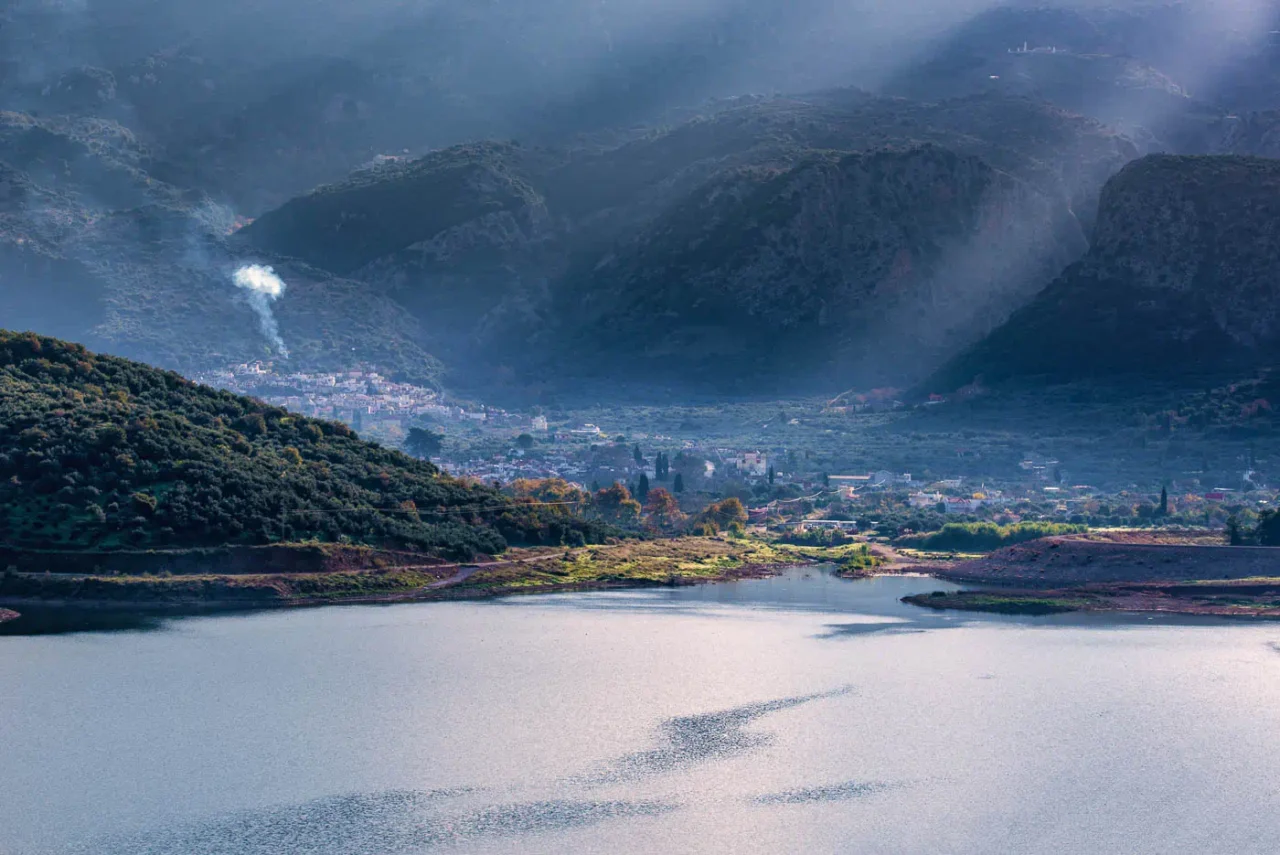
Ρωτήστε γενικά τους ντόπιους, θα σας καθοδηγήσουν γιατί είναι πολύ ευγενικοί.
Το χωριό είναι σαν εμπόλεμη ζώνη αλλά πολύ ενδιαφέρον. Αν
πάς παρακάτω φτάνεις στο φράγμα, που έχει μια σιδερένα σκαλίτσα που μπορείς να ανέβεις & μετά πέτρινα σκαλοπάτια που σε οδηγούν μέχρι κάτω κάτω στο νερό του φράγματος.
Να τόνισω εδώ πως δεν γνωρίζω αν επιτρέπεται αλλά δεν είχε πουθενά πινακίδα που να γράφει απαγορεύεται.













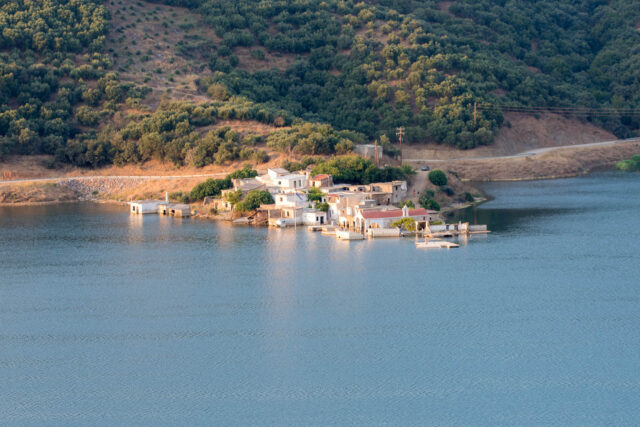

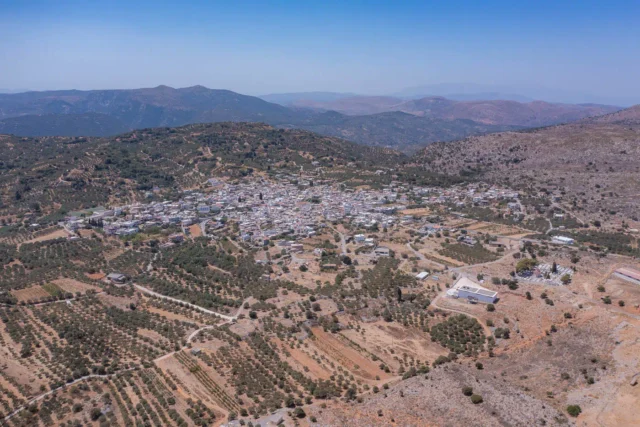
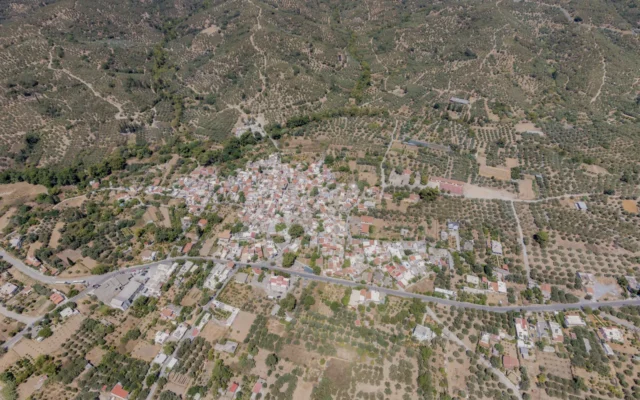

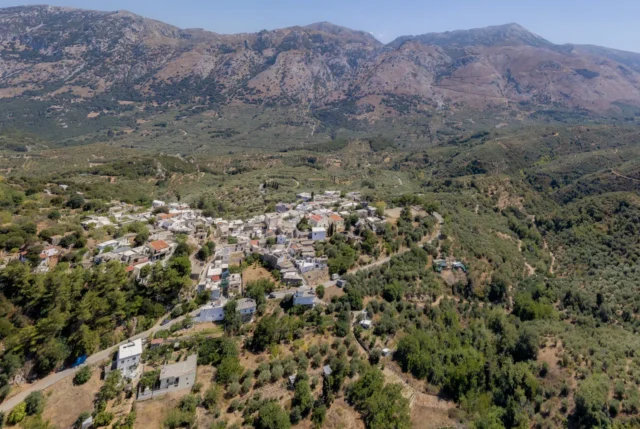
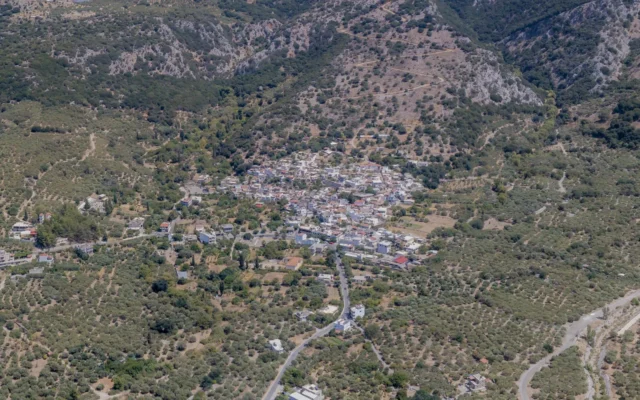
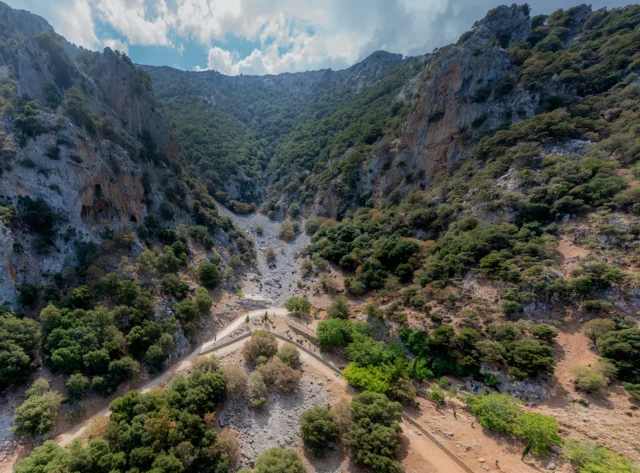




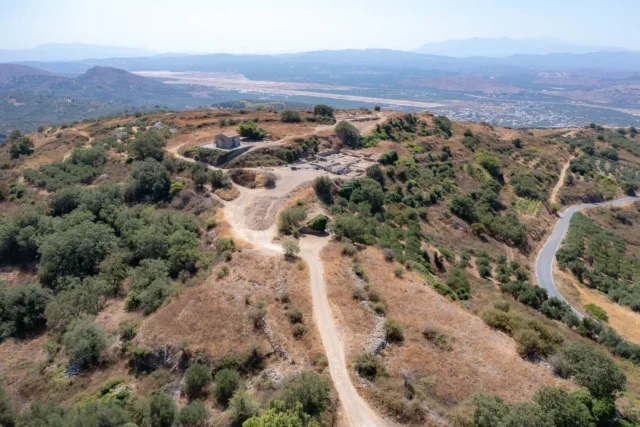
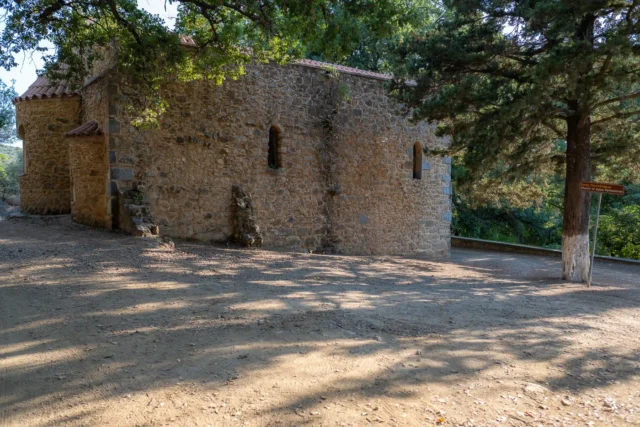
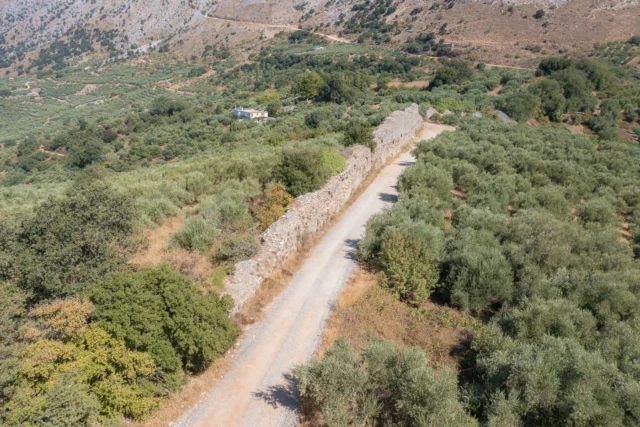


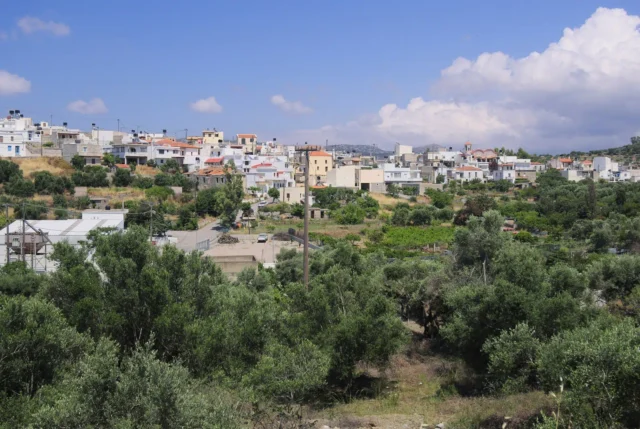
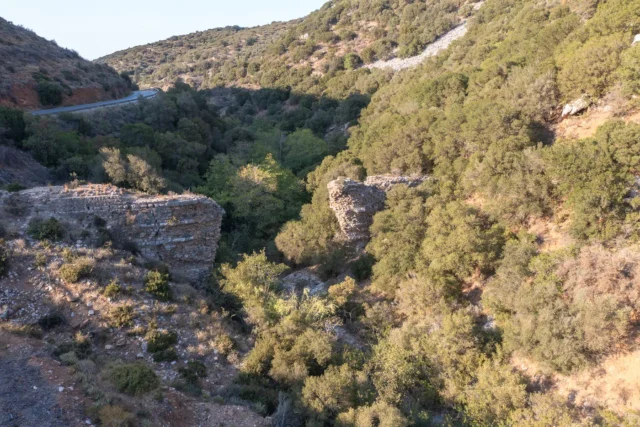

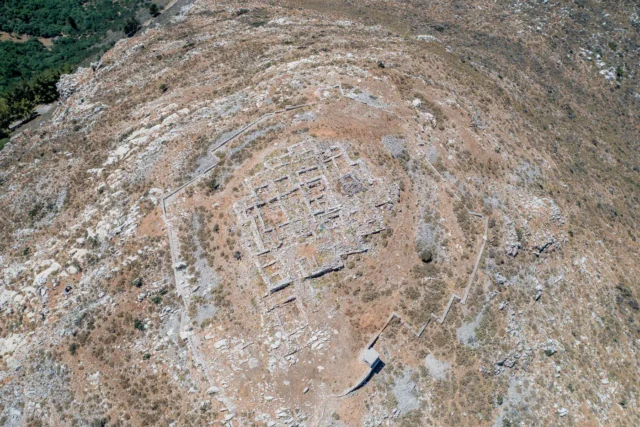

There are no comments yet.